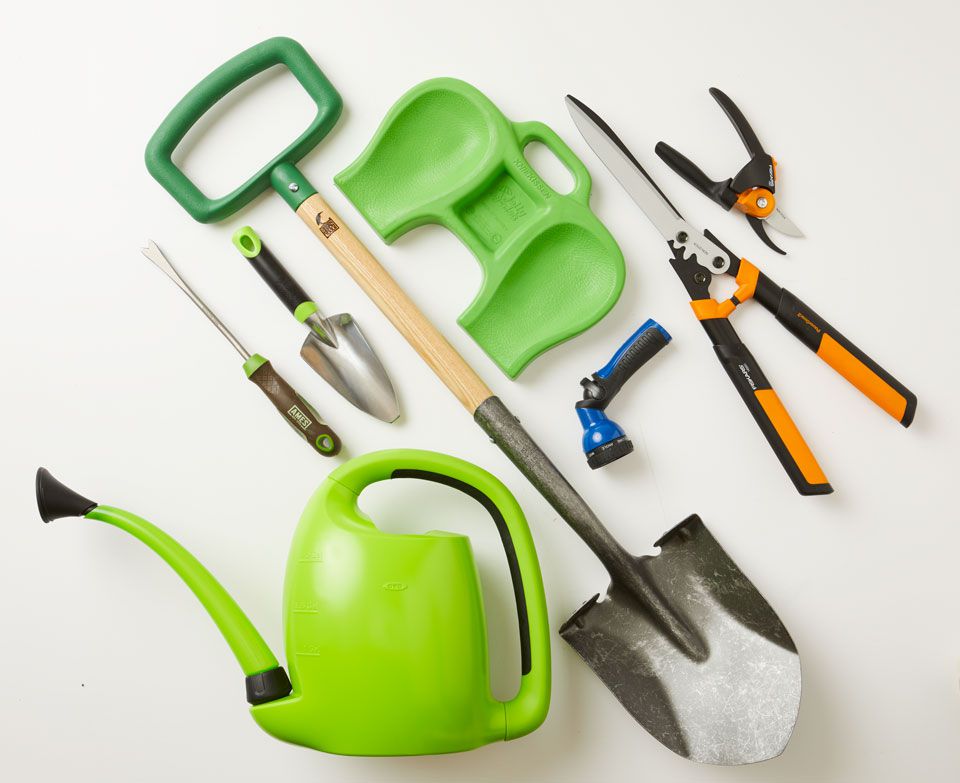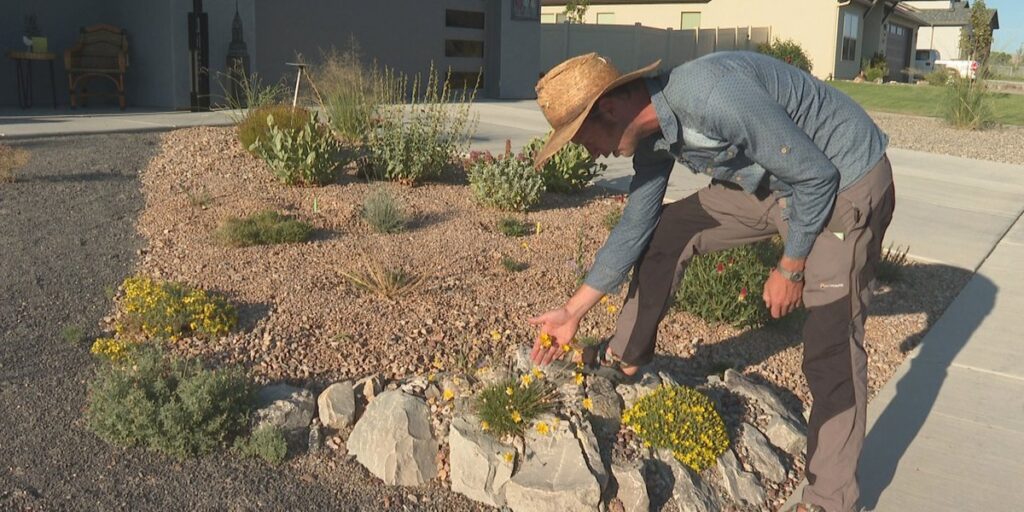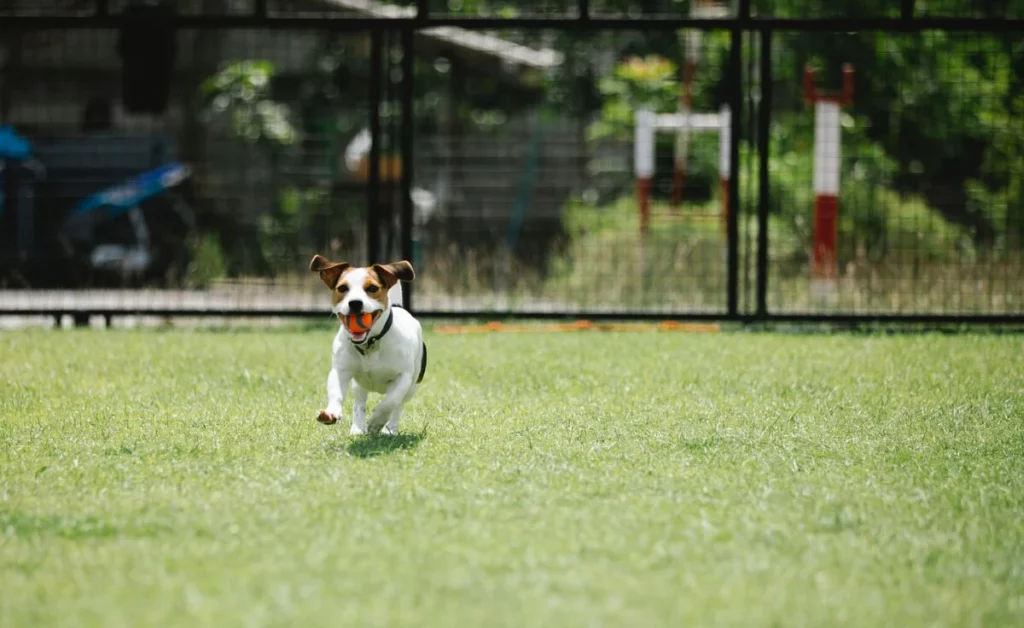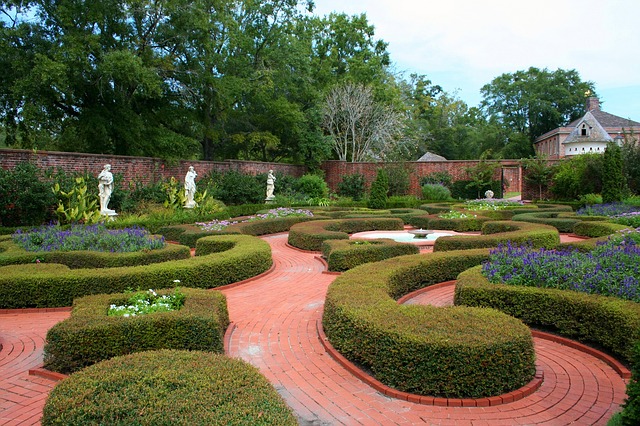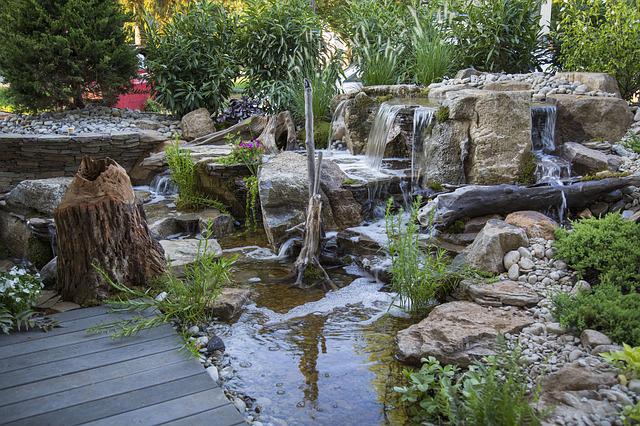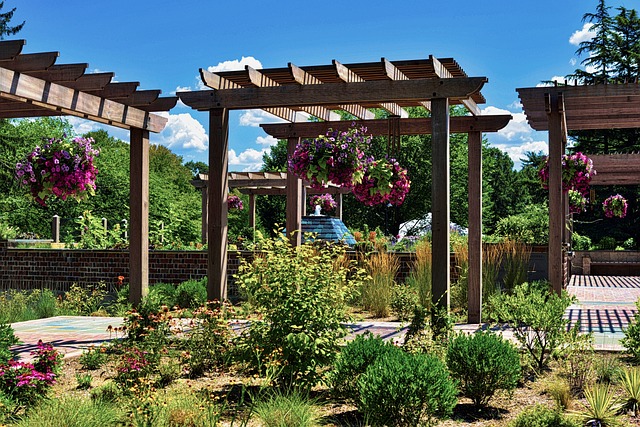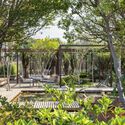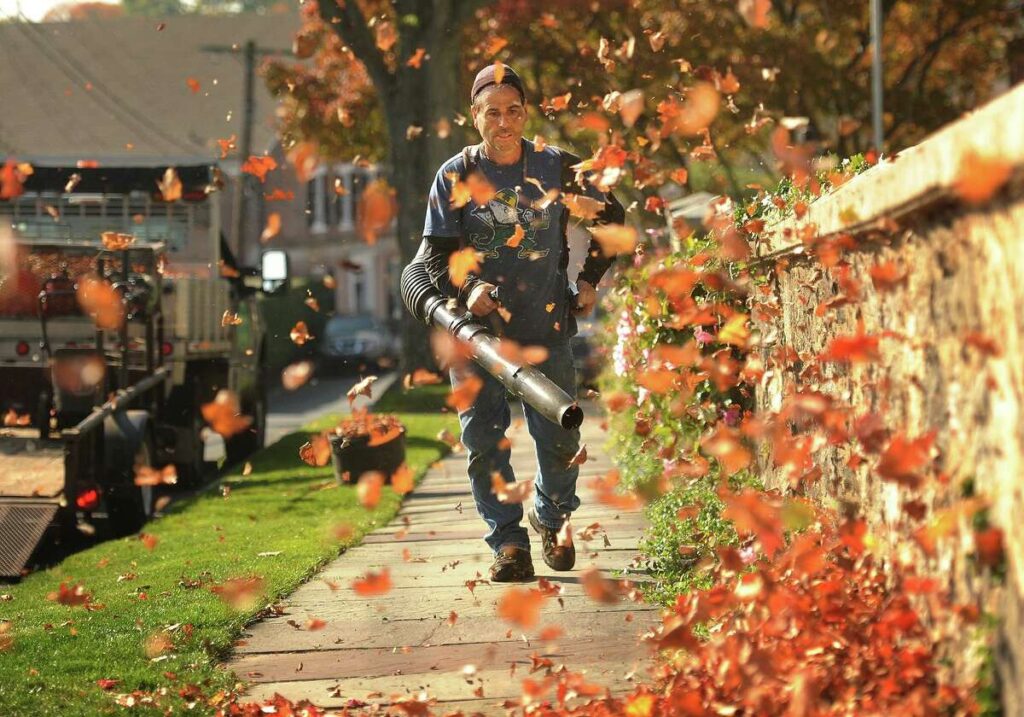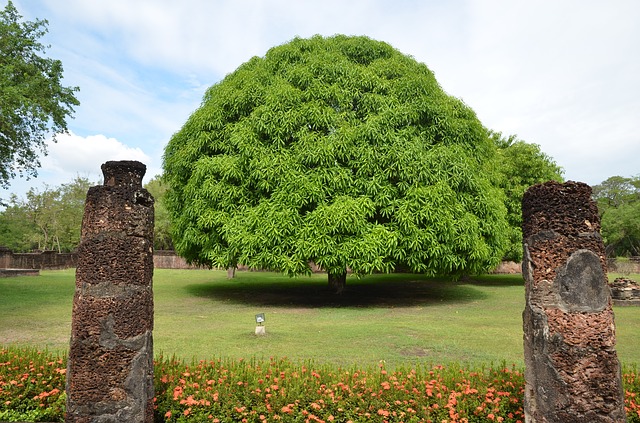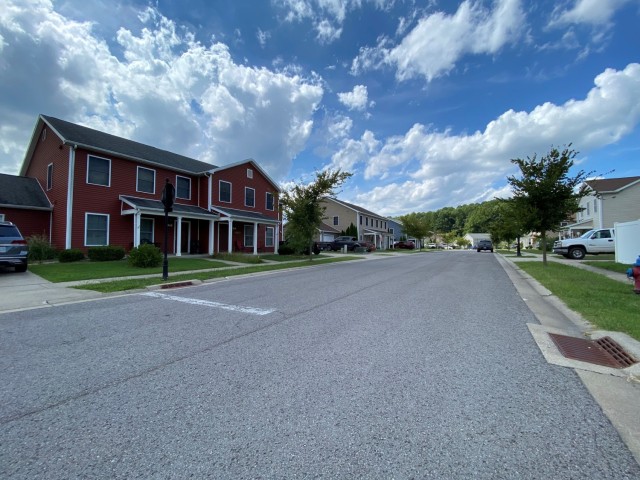Even if you hire a professional to keep your garden, flowerbeds or lawn in pristine condition, there are times when you may want or need to do some tasks yourself. There are some basic tools that every homeowner should have at their disposal. If you don’t have them, now is the time to begin working them into your budget for spring time. Some tools can be expensive, depending on the brand and design.
Garden Fork
They’re excellent for digging into dense soil. Forks with a slight curve to the tines also makes it easy to turn compost piles or scoop mulch.
Garden Hose
This is essential for watering plants. You’re going to need an adjustable nozzle attachment, along with a spray wand to gently water delicate plants.
Gloves
Not only will gloves minimize blisters, they’re also effective for preventing splinters and injuries from thorns and sharp leaves. They should be durable and allow freedom of movement. Gloves help prevent soil-borne infections.
Hand Trowel
This is essential for planting or transplanting. A slim blade is best for digging up weeds, while a wider blade works best for installing plants.
Hoe
A hoe with a wider blade can be more effective for working in a vegetable garden. A hoe with a thinner blade is best for working around delicate plants that don’t like to be disturbed. Hoes can create rows for planting or cutting/digging up weeds.
Loppers
The long-handled shears are used to prune woody growth of bushes, vines and trees.
Pruning Shears
These are essential for reigning in plants that are overgrowing their allotted space.
Rake
Choose a garden rake for lawn debris or a leaf rake for moving leaves.
Shovel
A round-point shovel can cut through compacted soil. A square-point shovel is handy for scooping dirt or scraping weeds from paths or walkways.
Spade
The square shovels have short handles and are very effective at moving dirt, digging holes or lifting sod.
Watering Can
This is invaluable for transporting water to plants that can’t be reached with a hose. They’re offered in metal and plastic styles.
Wheelbarrow
This is the essential tool for transporting plants, bags of fertilizer, soil and any other material around your property. They’re available in plastic and metal models.
Contact RCH Landscaping Today for a Free Estimate

